S5 | 425: Media sufficiency for greater marketing success with Austin Fredrich, The Office of Experience
About the Episode
I’m excited to talk with my guest today on a special episode brought to you by The Office of Experience, a design-driven, digital-first, vertically integrated and collaborative agency that believes in the power of ideas and the strength of people.
As marketers, we all know that it’s not enough to create a really compelling-seeming campaign, it has to perform, and continue to perform in order to be successful. Today we’re going to talk about media sufficiency and why it is important for marketing campaign success.
About Austin Fredrich
Austin leads OX’s digital marketing practice, including management and oversight of media, data, analytics and measurement.
For 10 years, Austin has been sharpening his skills to place results-driven media across industry and objective, from Brand to Demand Generation.
Adept across all sorts of media, Austin has bought media across traditional and digital methods ranging from Linear TV and print through to automated email flows.
Austin has led media for brands ranging from locally-owned businesses to lean startups to multinational corporations including TUMs, OrangeTheory Fitness, HELLA, Chapstick, DailyPay, Bloomerang and more.
Resources
The Office of Experience website: https://www.officeofexperience.com
The Agile Brand podcast website: https://www.gregkihlstrom.com/theagilebrandpodcast
Sign up for The Agile Brand newsletter here: https://www.gregkihlstrom.com
Get the latest news and updates on LinkedIn here: https://www.linkedin.com/company/the-agile-brand/
For consulting on marketing technology, customer experience, and more visit GK5A: https://www.gk5a.com
Check out The Agile Brand Guide website with articles, insights, and Martechipedia, the wiki for marketing technology: https://www.agilebrandguide.com
The Agile Brand podcast is brought to you by TEKsystems.Learn more here: https://www.teksystems.com/versionnextnow
The Agile Brand is produced by Missing Link—a Latina-owned strategy-driven, creatively fueled production co-op. From ideation to creation, they craft human connections through intelligent, engaging and informative content. https://www.missinglink.company
Synopsis
In this episode, Austin Fredrich and Greg Kihlström delve into the significance of media sufficiency for the success of marketing campaigns. Media sufficiency refers to the amount of money that advertisers need to invest in platforms like Facebook, TikTok, or Google Ads to achieve their desired results. Understanding media sufficiency is crucial for advertisers and marketers as it directly impacts the effectiveness of their campaigns.
One key reason why media sufficiency is important is that it ensures the campaign reaches the intended audience. By investing an appropriate amount of money in advertising platforms, advertisers can ensure that their message is seen by the right people. This is particularly vital for awareness campaigns that aim to reach a broader audience. The guest suggests that around 30% of the audience should hear the message about once a week.
Another aspect highlighted in the episode is the concept of frequency. Frequency refers to the number of times an individual sees an ad within a specific time period. Monitoring frequency is essential because if an audience member sees an advertisement too many times, they can become desensitized to it. This can result in wasted ad spend and decreased campaign performance. By keeping an eye on frequency and making necessary adjustments, advertisers can ensure that their ads are seen without overwhelming the audience.
The episode also emphasizes the importance of data analysis in determining media sufficiency. Once a campaign is running, advertisers should analyze the data to determine if any adjustments are needed. While frequency is a key metric to monitor, it's important to note that the ideal frequency may vary across different platforms. By leveraging campaign data, advertisers can make informed decisions about media sufficiency and optimize their campaigns for success.
Overall, the episode underscores the critical role of understanding and implementing media sufficiency for marketing campaign success. By investing an appropriate amount of money in advertising platforms, monitoring frequency, and analyzing campaign data, advertisers can ensure that their campaigns effectively reach their target audience and achieve desired results.
The episode also touches on the value of building tests around outlined hypotheses to drive continuous improvement. The guest, Austin Frederick, emphasizes the importance of documenting the hypothesis and gaining commitment from team members. This process provides teams with a clear direction and focus when conducting tests. By outlining what they are testing, the variable they are changing, and their hypothesis about the expected outcome, teams can track and measure the results of their tests. This approach enables them to share their findings with the team and drive continuous improvement. It establishes a consistent process of testing, learning, and growing from the results. By creating a testing format and outlining hypotheses, teams can optimize their campaigns and make data-driven decisions to improve outcomes for advertisers.
Understanding audience size and message reach is crucial for sustaining a successful campaign. The podcast episode suggests that a good rule of thumb, especially for awareness campaigns, is to aim for about 30% of the audience to hear the message about once a week. This indicates the importance of targeting a broader audience to maximize message reach. By distinguishing between audience size and the percentage of the audience that needs to be aware of the message, advertisers can start their campaigns on the right track. Additionally, the episode highlights the significance of using benchmarks and best practices to guide the campaign. While there are no guarantees of how a specific campaign will perform, starting with a clear understanding of audience size and message reach can help set realistic expectations and increase the chances of success.
Austin Fredrich, Director of Digital Media, OX


